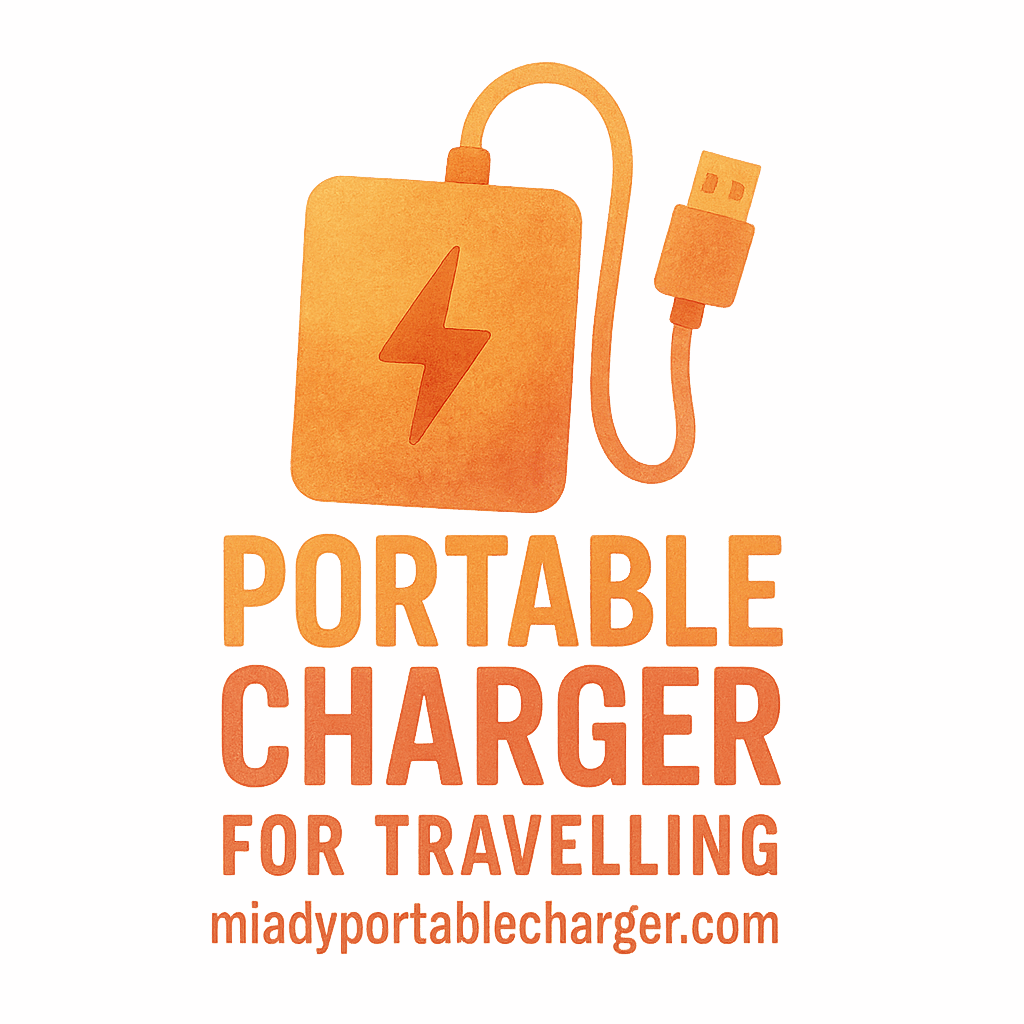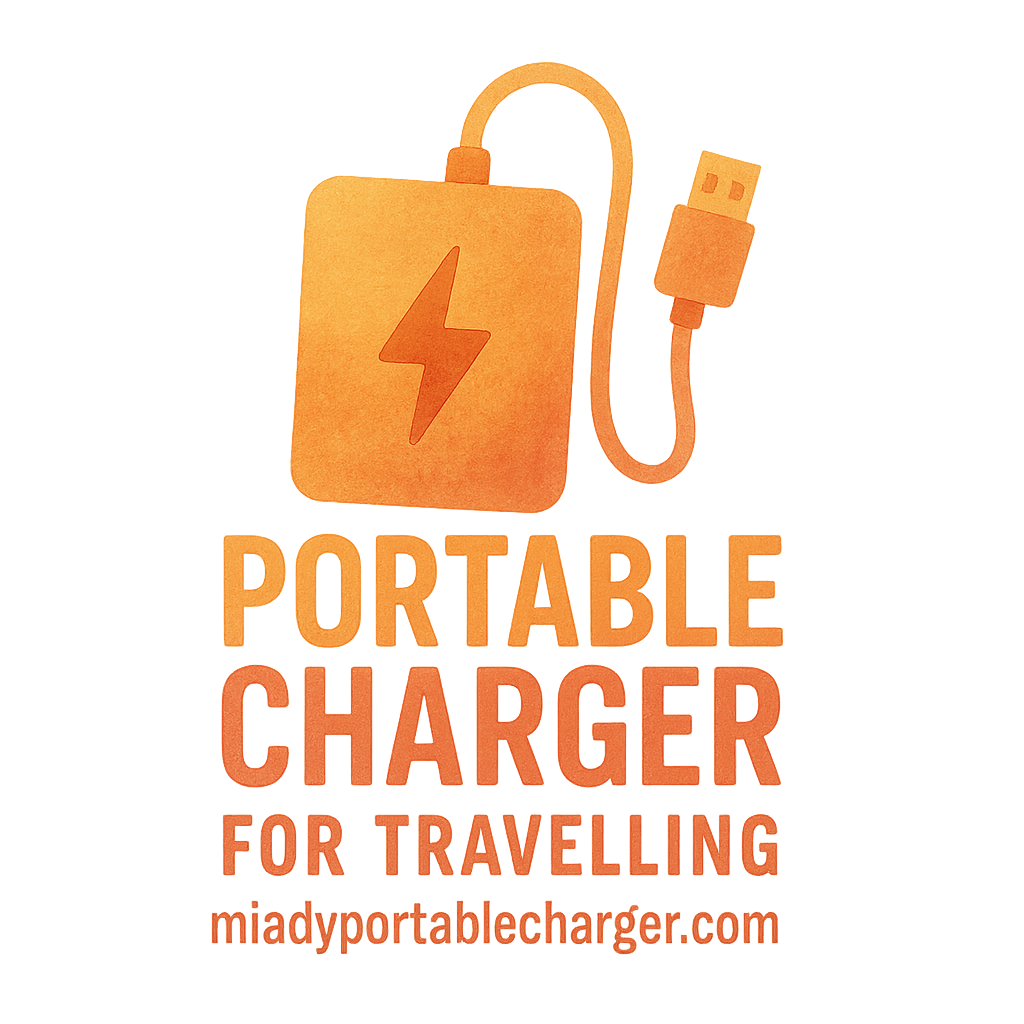Introduction: Why Maximizing Battery Life Matters
If you’re someone who’s constantly on the go, the last thing you want is to be stuck with a dead phone or device while you’re out exploring the world. Whether you’re on a business trip, an outdoor adventure, or just commuting through the city, having a portable charger on hand is a lifesaver. But how can you ensure that your charger keeps running as long as possible?
Maximizing your portable charger’s battery life is key to staying powered up throughout your day. Not only does this help avoid those annoying situations where you’re running low on juice, but it also extends the lifespan of your charger, so you don’t have to replace it as often.
In this article, we’ll walk you through 6 practical ways to keep your portable charger in top condition and maximize its battery life.
1. Use the Right Portable Charger for Your Needs
Choosing a Charger with the Right Capacity
The first step in maximizing your portable charger’s battery life is choosing one that fits your needs. Portable chargers come in various sizes and capacities, and selecting the wrong one can lead to wasted energy. A portable charger with a higher capacity, measured in mAh (milliampere-hours), will store more power and keep your devices charged for longer. However, a charger that’s too large for your typical charging needs may also become inefficient, as it won’t be fully utilized before it needs recharging.
When selecting a portable charger, ensure that the mAh rating matches your usage. For instance, if you’re frequently charging power-hungry devices like tablets or laptops, you’ll need a charger with a larger capacity. If you mainly charge your smartphone, a mid-range portable charger should suffice.
Considering the Device You’re Charging
Not all devices consume power at the same rate. When you’re choosing a portable charger, consider the device you plan to charge. Lighter devices like smartphones consume power at a lower rate compared to tablets or laptops. Choosing a charger with an output that matches your device’s power consumption will not only charge your device more efficiently but also extend the lifespan of your charger.
If you’re interested in learning more about portable chargers tailored to specific devices, check out these buying guides for more information.
2. Charge Your Portable Charger Correctly
Avoid Overcharging and Deep Discharge
One of the most common mistakes people make with portable chargers is overcharging or discharging the battery too much. Most portable chargers use lithium-ion batteries, which have a limited number of charge cycles. Charging your device to 100% or letting it dip below 10% repeatedly can decrease the overall lifespan of the battery. To get the most out of your charger, try to keep it within an optimal charging range (between 20% and 80%).
Optimal Charging Range for Lithium-ion Batteries
Lithium-ion batteries, commonly used in portable chargers, last the longest when they’re kept between 20% and 80% of their full charge. This prevents the battery from being overstressed and helps maintain its overall health. So, if you don’t need to fully charge your portable charger, aim to stop around the 80% mark. This is especially important if you’re trying to keep the charger in good condition for the long term.
For more charging tips, check out these charging tips.
3. Keep Your Portable Charger Cool
How Heat Affects Battery Health
Just like overcharging, excessive heat can be detrimental to your portable charger’s battery. Heat causes the internal components to degrade faster, shortening the charger’s overall lifespan. Whether you’re charging it in a hot car or leaving it exposed to the sun, extreme temperatures can harm your battery’s health.
Best Practices for Keeping Your Charger Cool
To avoid damaging your charger, store it in a cool, dry place. If you’re charging it while on the go, try not to leave it in direct sunlight or in areas with poor ventilation, such as your bag on a hot day. Keeping the charger cool can significantly improve its performance and longevity.
For more on outdoor charging and keeping your devices powered on the go, check out these outdoor charger tips.

4. Store Your Charger Properly When Not in Use
Avoid Storing in Extreme Temperatures
If you’re not using your portable charger for an extended period, it’s important to store it properly. Avoid leaving it in places with extreme temperatures, such as your car during the summer or winter months. Extreme heat or cold can lead to a decrease in battery capacity, even if the charger is not in use.
The Ideal Storage Temperature for Portable Chargers
Store your portable charger in a cool, dry place at room temperature. Ideally, your charger should be kept between 40°F and 80°F (4°C to 27°C). Storing it at these temperatures ensures that the battery remains in good condition and can be used when needed.
For tips on essential items to carry during travel, check out this travel essentials page.
5. Maintain the Charger’s Physical Condition
Protect Your Charger from Physical Damage
A portable charger is an investment, and like any valuable item, it’s important to take care of it. The physical condition of your charger affects its battery life as well. Avoid dropping it or subjecting it to physical shocks, as this can damage internal components and affect performance.
Keeping Ports Clean and Free from Debris
A dirty or clogged charging port can prevent your charger from working properly. Regularly clean the ports to avoid dust and debris buildup, which can cause charging issues. Simply using a soft cloth or a cotton swab can help maintain the charger’s functionality.
For a detailed review of popular portable chargers, check out our product reviews.
6. Utilize Power-Saving Modes for Longer Battery Life
Activating Power-Saving Features on Your Devices
Some devices come with built-in power-saving modes that help conserve energy when charging. Activating these features can help prolong battery life on both your charger and the device being charged. These modes reduce background activity and limit non-essential functions to conserve power.
Using Energy-Efficient Charging Modes
In addition to activating power-saving modes on your devices, many portable chargers also offer energy-efficient charging modes. Look for chargers that automatically adjust the charging rate depending on the device’s battery level. This reduces wasted energy and helps keep your charger running longer.
For more on energy-saving tips for travel, explore this travel gear guide.
Conclusion: Smart Practices for Longer Battery Life
Maximizing the battery life of your portable charger doesn’t have to be complicated. By following these simple, practical steps—choosing the right charger, avoiding overcharging, keeping it cool, and storing it properly—you can ensure that your charger stays in great shape for years to come. Not only will you enjoy reliable power whenever you need it, but you’ll also save money by extending the life of your portable charger.
FAQs
- How often should I charge my portable charger?
- It’s best to charge your portable charger when it drops below 20%, but avoid letting it fully discharge on a regular basis.
- Can I leave my portable charger plugged in overnight?
- While most modern chargers have built-in safeguards, it’s better to unplug them when fully charged to avoid any potential damage.
- What’s the best way to store my portable charger when not in use?
- Store it in a cool, dry place, ideally at room temperature, and avoid exposing it to extreme temperatures.
- Can I use my portable charger while it’s charging?
- Yes, you can use your portable charger while it’s charging, but it may charge more slowly.
- How can I tell if my portable charger is damaged?
- Look for signs like slower charging, physical damage, or the inability to charge devices effectively.
- How long do portable chargers typically last?
- With proper care, a good-quality portable charger can last anywhere from 2 to 5 years.
- Is it safe to charge my portable charger in direct sunlight?
- No, avoid charging in direct sunlight as heat can damage the battery and reduce its lifespan.


